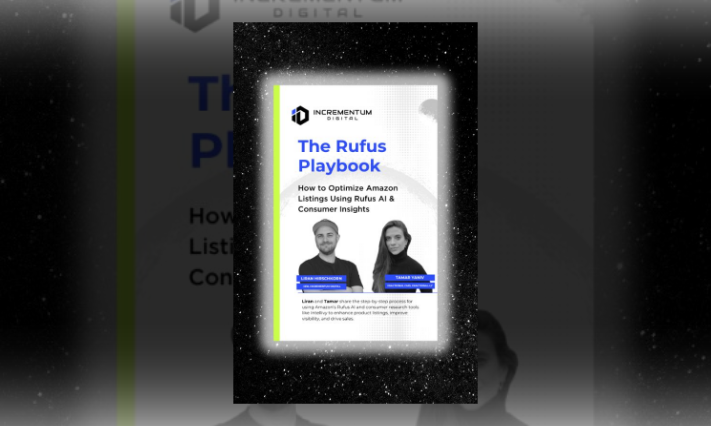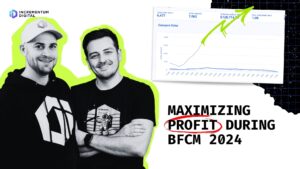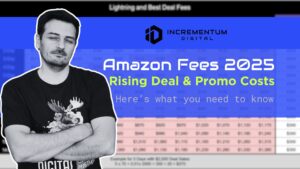Amazon Advertising
Profit versus Scale: How to Choose Your Amazon Advertising Strategies for Major Sales Events Like Prime Day
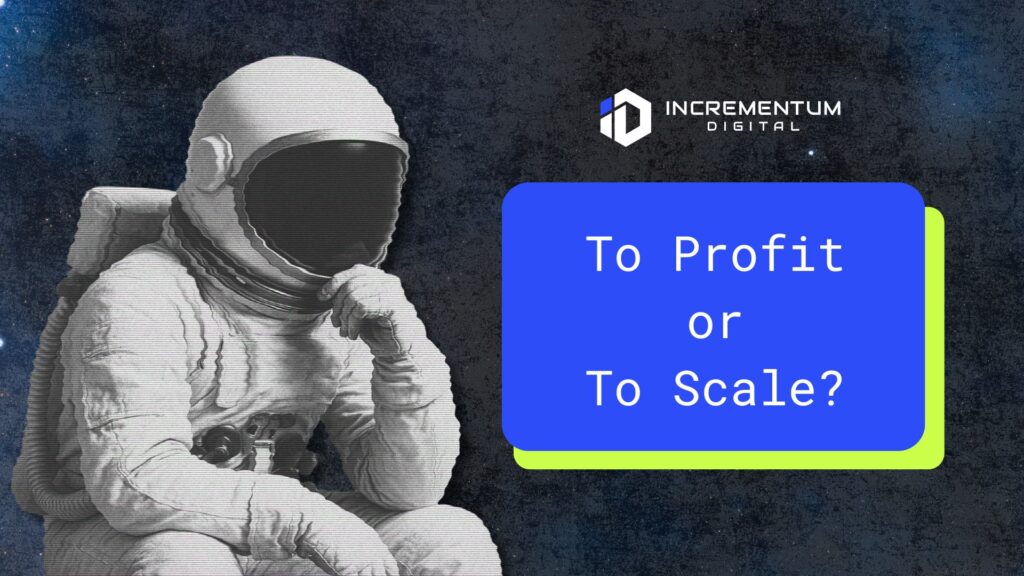
What’s the smarter move during big Amazon sales events like Prime Day and Prime Big Deal Days: chase massive scale, or guard your margins like a hawk? Every brand faces the same fork in the road. One path grabs attention fast but risks runaway ad costs. The other plays it lean, squeezing out profit without burning budget. Neither is wrong. But one is right for you. In this breakdown, we unpack the pros, pitfalls, and winning plays behind both strategies, plus show you two examples of how our ads team made each approach work during Amazon’s Big Spring Deals Sale.
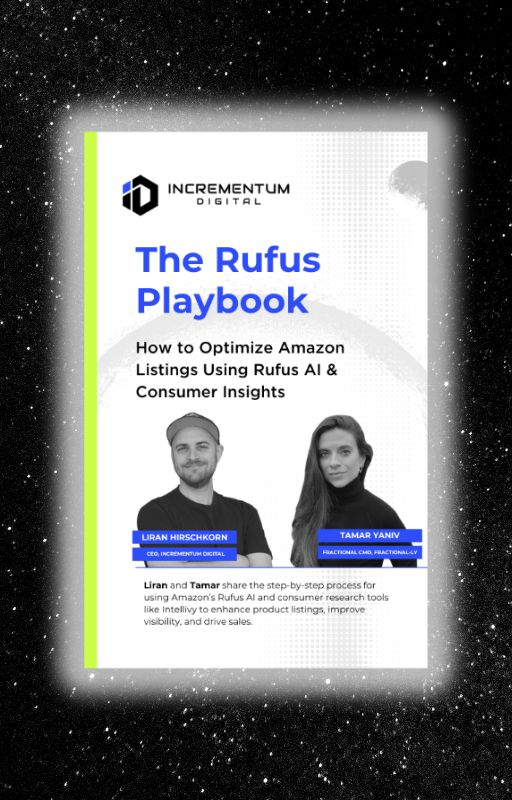
Learn How to Make Listings That Convert in 2025!
Read our step-by-step guide on how to optimize your listings using Rufus AI insights. Sign up for our newsletter and get your copy for free!
Show me how
The Tradeoff: Why Scale and Profit Don’t Always Align
Sales events bring the heat. Traffic spikes. Shoppers flood in. On the surface, it looks like the perfect moment to go big. And for many, like during Prime Day 2024, that paid off. Mobile shopping alone drove $7 billion in purchases, and categories like electronics, school supplies, and household staples saw massive lifts. But that kind of momentum also brings rising CPCs, fiercer competition, and mounting pressure to discount just to keep up.
Some brands leaned in and captured the volume but saw their margins take a hit. Others held back, played it safe, and watched from the sidelines as competitors dominated the share of voice. Now, what’s the difference between a win and a wasted spend? The answer is clarity, i.e., you need to know what you’re solving for before the event starts. Growth? Efficiency? Long-term ROI? Choose your goal, then design your campaign around it.
How to Choose Between Prioritizing Profit and Scale
Every brand wants to make the most of major Amazon sales events. But how you approach them depends entirely on your business model, goals, and where your brand is in its growth cycle. Some brands zero in on profitability. Others chase reach and long-term momentum. There’s no single right move, just the one that makes the most sense for you.
Profitability: Maximize Efficiency, Protect Margins
If your brand runs on tight margins or sells products that don’t drive repeat purchases, then chasing volume during a sales event isn’t always the smart play. With Amazon’s upcoming 2025 fee hikes adding more pressure, every dollar you’ll spend needs to work harder. A profit-first strategy focuses on efficiency. That means stretching your budget across only the highest-return campaigns, protecting TACoS, and investing in what already works. You’re not trying to win every impression; you’re trying to win the right ones.
Here’s an example: Our client in the baby apparel category was already a bestseller in their category and has strong reviews as well as organic traction. Rather than flooding the zone with spend or relying on steep discounts, we focused on tightening their performance. We finalized budgets early, improved keyword rankings in the lead-up to the event, and prioritized stable SKUs with consistent conversion data. To expand reach without inflating costs, we targeted adjacent categories like mittens and socks, turned off dayparting to capture round-the-clock demand, and used Sponsored Display to re-engage high-intent browsers. Real-time budget reallocation kept top campaigns running strong throughout.
The result: A 71.5% increase in daily sales and a 48.5% drop in TACoS year over year.
Profit-first doesn’t mean playing it safe. It means making every dollar count, especially when the stakes are high. (Want to improve your TACoS? Here’s how.)
Scale: Prioritize Reach, Build Long-Term Gains
If your brand has healthy margins, strong repeat purchase behavior, or high lifetime value (LTV) products, a scale-first strategy during sales events can unlock exponential growth. This approach is built for long-term growth, not short-term efficiency. During major sales events, the brand invests in visibility, offering broad promotions and increasing ad coverage to drive as much traffic as possible. The goal isn’t to maintain a low TACoS in the moment, but to capture new customers at scale, boost organic rankings, and create a larger base for future reorders. When done right, it turns an initial sales spike into sustained momentum and repeat purchases.
Of course, scaling comes with tradeoffs: higher CPCs, steeper competition, and temporary inefficiencies. But when your unit economics are strong and your funnel is built to convert and retain, the upside far outweighs the short-term cost.
For example: This was the case for a supplement brand we managed during the Big Spring Deals Sale. Their performance had dipped leading up to the event due to inventory gaps and uneven visibility. Rather than retreat, they saw the event as a reset button. We launched Spring Deals across their top SKUs and reinforced them with high-trust ad formats like Sponsored Brand Headline and Store Spotlight to boost credibility and visibility. Sponsored Product campaigns helped cross-sell and defend branded terms, while low-bid auto campaigns expanded our reach at minimal cost.
As performance data rolled in, we reallocated budget in real time: scaling what worked, cutting what didn’t. In just three days, sales jumped to a 40% increase. TACoS rose slightly, but the client embraced the tradeoff. With strong LTV and repeat rates, acquiring more customers at scale was the long game.
Not sure whether to scale or focus on profit during big sales events? This cheat sheet breaks it down:
The Bottom Line: Strategy Follows Your Business Model
Not every brand can afford to spend like a category leader. And not every brand should stay stuck in efficiency mode. The right strategy depends on your margins, your product lifecycle, and how your customers behave after the first purchase. If your margins are thin, focus on efficiency and stretch every ad dollar. If you’ve got room to invest and a strong LTV story, scale with confidence and set the stage for future growth.
Not sure which lane fits your brand? That’s exactly what our free brand audit is for. We’ll dig into your performance, show you what’s driving results, and help you build the right strategy for your next big sales event.
LET’S DISCOVER WHAT’S POSSIBLE FOR YOUR BRAND
We’re here to listen and uncover opportunities tailored to your unique goals.
Fill out the form to get started, and you’ll walk away with real insights and actionable recommendations—whether we work together or not.
- HANDS-ON LEADERSHIP
- AWARD-WINNING PARTNERSHIPS
- CUSTOM-BUILT SOLUTIONS

